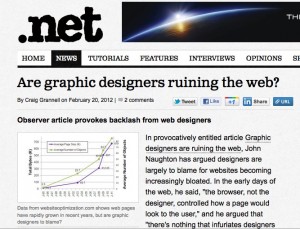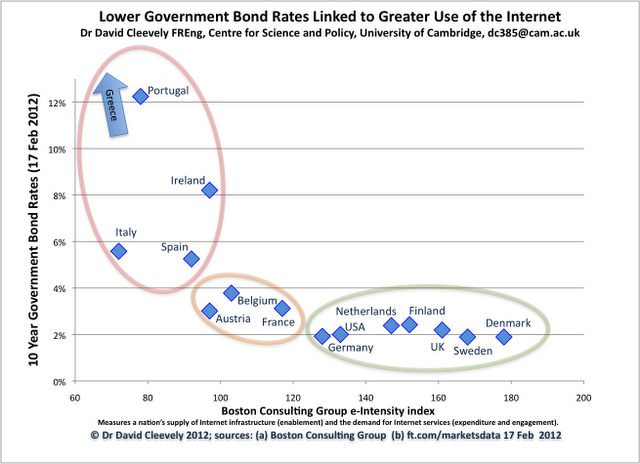Very good column by Fintan O’Toole in today’s Irish Times.
For the last 30 years, the Finnish president has been a social democrat. This time, the social democratic candidate, a former prime minister, got just 6.7 per cent of the vote. The conservative candidate won in a landslide, with 62 per cent.
As ever, there were specific local factors at work. But the Finnish election was also entirely consistent with a much larger pattern: the eclipse of the traditional mainstream European left. Or, to put it the other way around, the extraordinary dominance of the conservative right in the midst of a profound crisis of neo-liberal capitalism.
Almost everywhere you look, social democrats are being punished for the failure of right-wing orthodoxies. Europe desperately needs a counter-balance to the one-track mind of monetarism. Ireland desperately needs a European Union that rediscovers the old left-of-centre values of solidarity, social justice and the common good. But social democracy is showing all the resilience of a paper hat in a hailstorm.
Since the collapse of Lehman Brothers in 2008, there have been 25 elections in EU countries. By my count, social democratic parties won five of them. But things have been much worse than even this miserable performance suggests. The social democratic victory in Portugal was short-lived. The Greek socialist government has been replaced by a technocratic coalition.
Any sane observer, he continues, “looking at these results without knowing the broader circumstances would conclude that neo-liberal capitalism was thriving and that right-of-centre European parties were proving themselves to be paragons of economic and political management.”
He’s right. So what happened to the Left?
O’Toole blames Tony Blair. Under the spell of his electoral dominance in Britain, the Left came to believe that right-wing economics would create the wealth and left-wing politics would redistribute it.
Deregulated financial markets would generate vast wealth for unproductive individuals – but that was okay because social democratic governments would cream some off the top to invest in health, education and the alleviation of the inevitable poverty. The flaws in the plan are now obvious, even to Mandelson: growing inequality would prove to be economically as well as socially corrosive; many of the filthy rich didn’t actually “pay their taxes”; and deregulated financial markets created giant Ponzi schemes that were certain to collapse.
Yep. But that still leaves unanswered the question of why, in the face of such a crisis, are there so few persuasive alternative ideas for how to move on.





